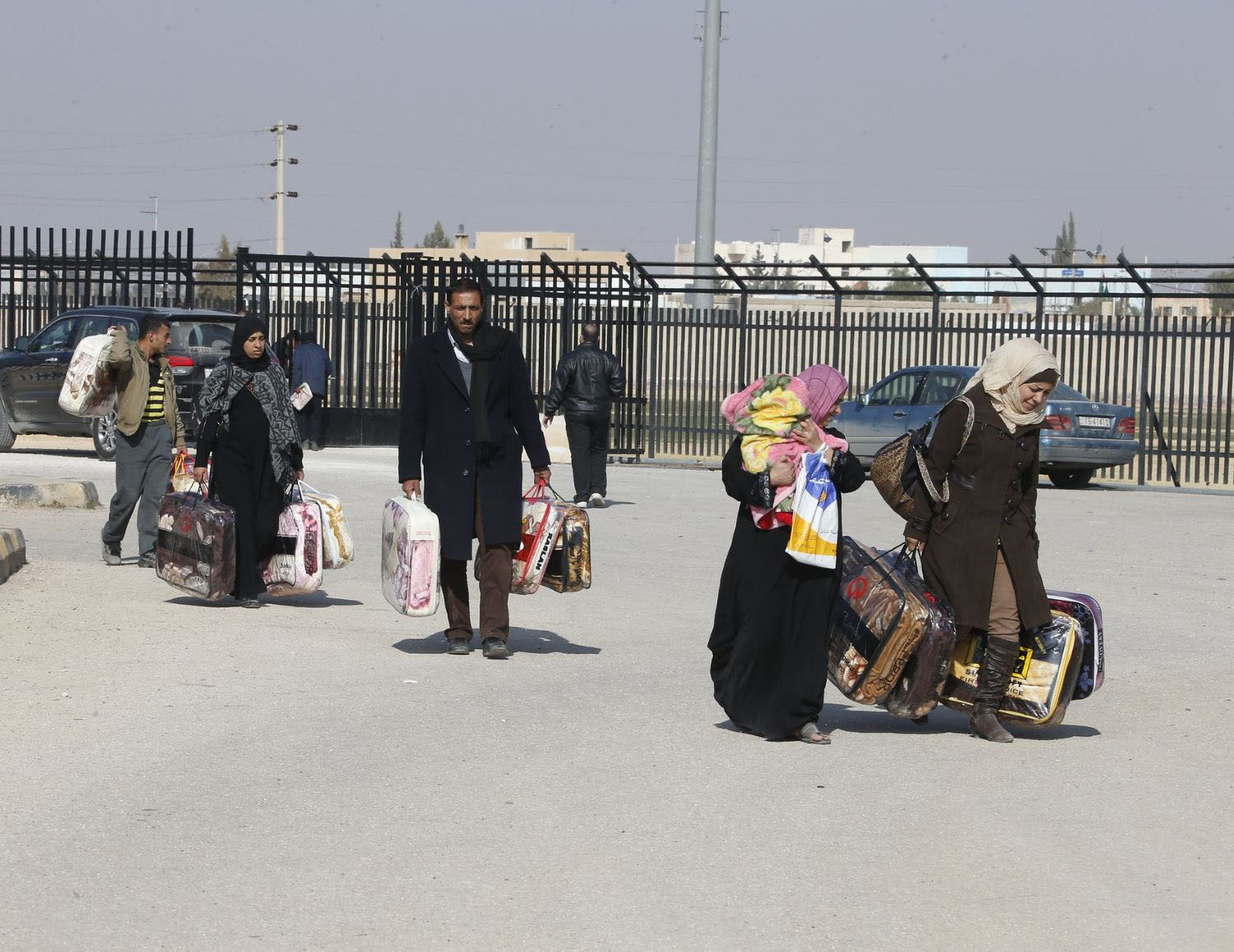Recommended
When refugees fleeing conflict and persecution arrive in a new country, they need immediate humanitarian support. Shelter, food, safety, and health are rightly considered nonnegotiable priorities by the international community.
Once these basic needs are satisfied, how do we promote refugees’ socioeconomic integration so they can adapt to and succeed in their new communities? As we explain in a recent paper, this question is often considered secondary, perhaps because refugees are conventionally viewed as temporary guests, especially when residing in countries that are close neighbors of the country they fled. As a result, policy efforts focus almost exclusively on satisfying short-term humanitarian needs.
However, the enduring nature of conflict and displacement situations reveals a different reality: refugees and their children frequently make their new countries their permanent homes. As seen in the case of Syrian and Venezuelan refugees, among others, refugees often settle in host countries for the long term, necessitating a shift towards policies that also prioritize socioeconomic integration. This not only benefits the refugees themselves, but it also contributes to the economic growth and prosperity of host countries.
Despite this reality, we know very little about which policies work and don’t work to facilitate refugee integration. In our paper, we address this by presenting a succinct, comprehensive review of the literature on refugee integration policies. In part, we hope our review can serve as a useful guide for policymakers worldwide.
Integration policies in differing contexts
There are a wide range of policy interventions to support refugee integration, and they vary in their effectiveness. They include programs commonly available to disadvantaged groups in native populations, such as cash transfers and active labor market policies (ALMPs), as well as refugee-specific interventions, such as granting formal access to labor markets, language training and policies that determine where refugees resettle within their host country. Our paper reviews the existing evidence on which policies smooth the path for refugees to find meaningful employment, earn a living wage, and contribute to their new communities.
While reviewing these interventions we organize the evidence separately for developed and developing countries to emphasize the structural differences that dominate the two very different settings. In some cases, we argue that these structural differences are key for understanding why similar policies can vary in effectiveness depending on context.
We also discuss several other policies or interventions that could have large potentials in terms of results and cost-effectiveness, although rigorous evidence on these policies is so far limited. These policies include the use of artificial intelligence to bridge employment gaps, private citizens’ sponsorship of refugees, and the role of refugee-led organizations in the process of integration. These promising areas need further research.
Which policies work to promote integration?
We find that policies that facilitate early and legal work access are crucial for enabling economic participation and fostering long-term social cohesion. Language training interventions emerge as a vital tool in enhancing employment opportunities and promoting social integration. ALMPs, while varied in their outcomes, tend to be more effective when tailored to the specific needs of refugees, suggesting a nuanced approach to implementation. The efficacy of cash transfers in improving short-term well-being and the potential of initial placement strategies and community networks in facilitating cost-effective integration highlight the importance of leveraging existing social structures.
Additionally, we note that while certain policies may have substantial effects at the individual level, their overall impact depends crucially on their scalability. Therefore, interventions that may be less potent in isolation but are simple and inexpensive to scale and complement other interventions may be cost-effective overall. For instance, the scalability of the most effective ALMPs can be challenging due to the need for tailored approaches and the involvement of various stakeholders, including employers. Instead, language training can be highly scalable and cost-effective, and even more so with technology and online platforms.
By focusing on evidence-based interventions that offer the best balance between immediate needs, scalability, and long-term impact, policymakers can ensure that the benefits of integration policies are felt broadly and permanently.
Our goal is for the research community to expand upon the ideas presented in this paper and to encourage a broader conversation about effective and implementable policies to facilitate refugee integration across different global contexts. By expanding the policy narrative beyond temporary humanitarian response to include long-term socioeconomic success, we can foster a new view of refugees as valuable economic assets for themselves and host countries.
Disclaimer
CGD blog posts reflect the views of the authors, drawing on prior research and experience in their areas of expertise. CGD is a nonpartisan, independent organization and does not take institutional positions.
Image credit for social media/web: Dominic Chavez / World Bank








